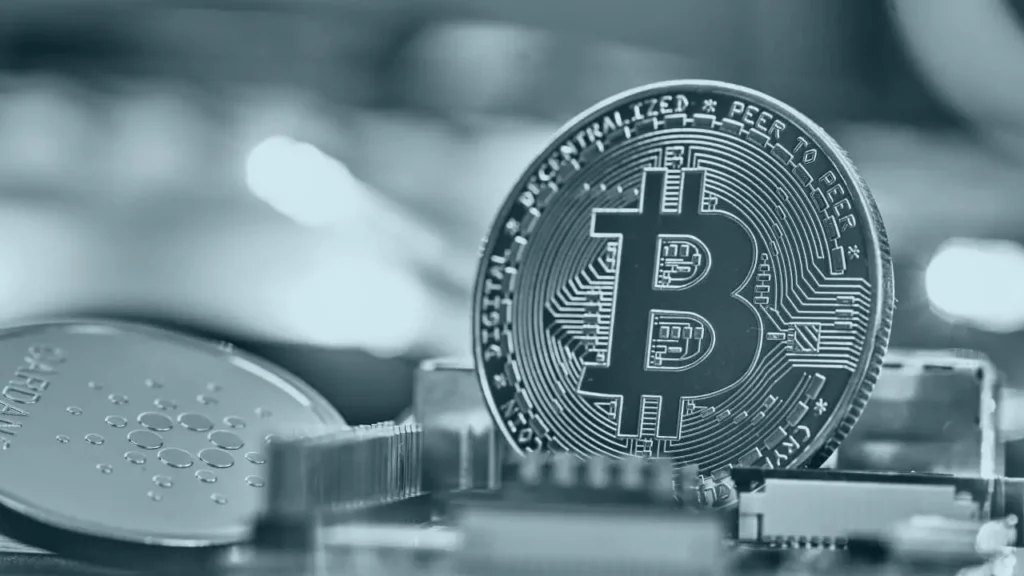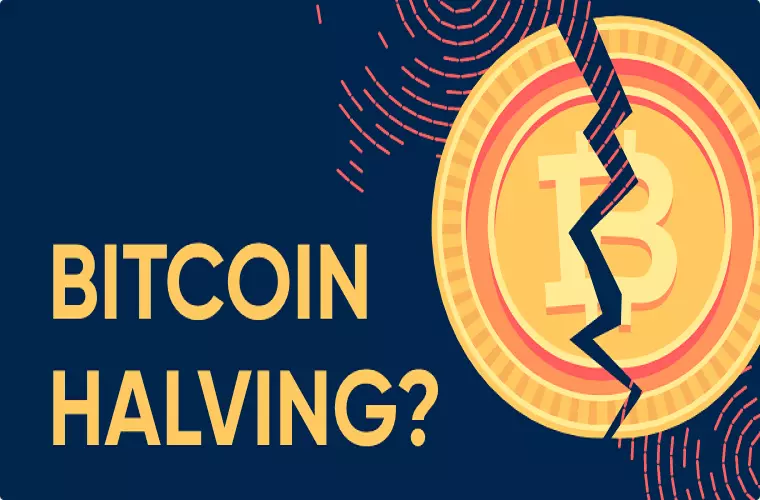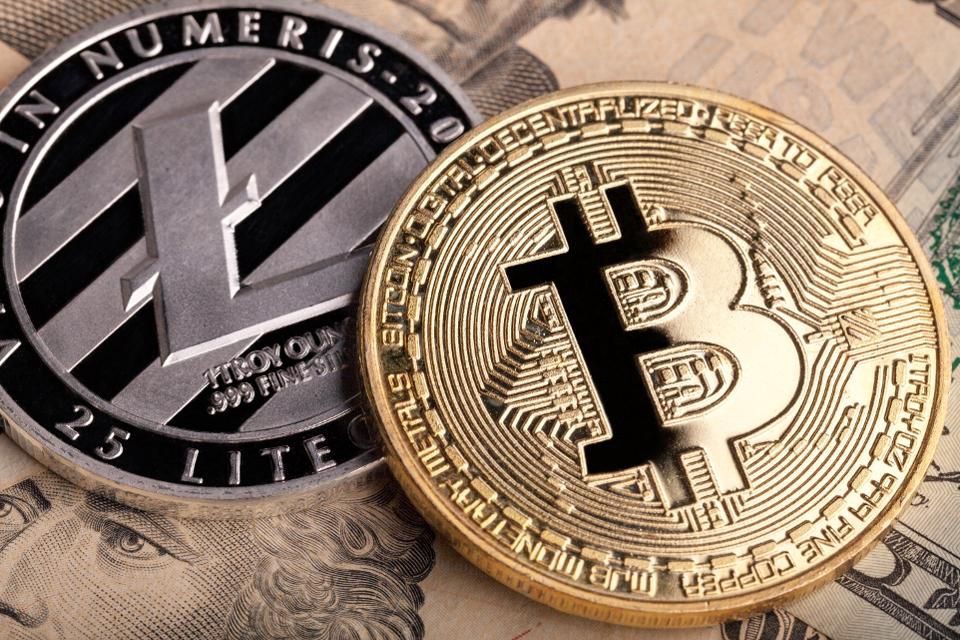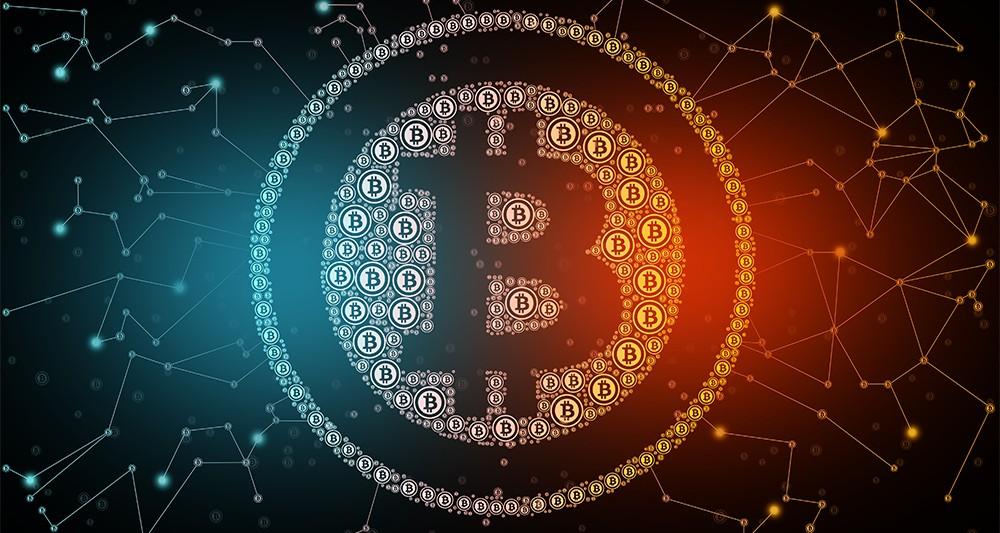Why Bitcoin’s Halving Events Matter for the Crypto Market
Bitcoin’s halving events are some of the most significant milestones in the cryptocurrency world. They happen every four years, and while they might seem like technical events, they have a huge impact on the Bitcoin ecosystem and the overall crypto market. If you’re wondering why halving matters and how it affects Bitcoin’s price, supply, and future, this blog post will break it down for you in simple terms.

Content
What Is Bitcoin Halving?
Bitcoin halving is an event that cuts the reward for mining new Bitcoin in half. To understand this, let’s first look at how Bitcoin works. Bitcoin operates on a decentralized network, where miners use powerful computers to solve complex mathematical problems. When they solve these problems, they add new transactions to the blockchain, and as a reward for their efforts, they earn Bitcoin.
When Bitcoin was first launched in 2009, miners earned 50 Bitcoin for each block they mined. However, Bitcoin was designed to be scarce, with a maximum supply of 21 million coins. To control the supply and reduce inflation, Bitcoin’s creator, Satoshi Nakamoto, introduced the concept of halving. Approximately every four years, the reward miners receive for adding a new block is cut in half. The first halving happened in 2012, reducing the reward from 50 to 25 Bitcoin. Another halving followed in 2016 and 2020, lowering the reward to 12.5 Bitcoin and 6.25 Bitcoin. The most recent halving occurred in April 2024, slashing the reward to 3.125 Bitcoin per block.
Why Does Halving Happen?
The halving event is a built-in feature of Bitcoin’s code designed to control the creation of new Bitcoin and mimic the supply of scarce resources like gold. By cutting the mining rewards in half, Bitcoin’s supply growth is reduced, making it more scarce over time. This deflationary mechanism helps to preserve Bitcoin’s value and is one of the reasons Bitcoin is often referred to as “digital gold.”
Without halving, new Bitcoin would flood the market, potentially causing inflation and reducing the value of each coin. By slowing the release of new Bitcoin, halving ensures that the total supply reaches the 21 million limit in a controlled and predictable manner.
How Does Halving Affect Bitcoin’s Price?
Halving events are known to have a significant effect on Bitcoin’s price, often causing it to rise. This is mainly due to the basic economic principle of supply and demand. When the supply of new Bitcoin is reduced (due to halving), and the demand for Bitcoin stays the same or increases, the price tends to go up. This scarcity makes Bitcoin more valuable over time, as fewer new coins are available to be bought or mined.
Historically, Bitcoin has seen major price increases following halving events:
- 2012 Halving: After the first halving in November 2012, Bitcoin’s price rose from around $12 to over $1,000 within a year.
- 2016 Halving: The second halving in July 2016 saw Bitcoin’s price climb from about $650 to nearly $20,000 by December 2017.
- 2020 Halving: After the third halving in May 2020, Bitcoin’s price surged from roughly $9,000 to a record high of over $64,000 in April 2021.
While the price doesn’t jump immediately after halving, historical patterns show that the months following the event often bring a significant upward trend.
Impact on Miners
While halving is generally positive for Bitcoin’s long-term value, it can be challenging for miners. When the reward is cut in half, miners earn less Bitcoin for their work. This means they need Bitcoin’s price to rise enough to cover their costs (like electricity and hardware) and remain profitable.
For smaller miners with less efficient setups, halving can lead to tough decisions. If Bitcoin’s price doesn’t increase enough to offset the reduced rewards, some miners might stop mining altogether. However, for larger, more efficient miners, halving can be an opportunity to dominate the network, as smaller competitors may drop out.
Despite these challenges, the network tends to adapt after each halving. Mining becomes more competitive, and over time, miners typically find ways to adjust to the lower rewards, especially as Bitcoin’s value continues to grow.
Why Halving Is Important for the Crypto Market
Bitcoin’s halving events don’t just affect Bitcoin—they often have a ripple effect across the entire cryptocurrency market. As Bitcoin’s price rises after a halving, it tends to attract more attention from investors, both new and seasoned. This increased interest in Bitcoin often spills over to other cryptocurrencies, leading to market-wide rallies.
Additionally, Bitcoin’s halving events are a reminder of its unique scarcity, which is a feature that many other cryptocurrencies try to replicate. This sense of scarcity and the predictable nature of halving make Bitcoin a long-term investment for many, as its supply is finite, unlike traditional currencies that can be printed in unlimited amounts.
Looking Forward: The Next Bitcoin Halving
The next Bitcoin halving is expected to occur in 2028. When that happens, the block reward will drop from 3.125 Bitcoin to 1.56 Bitcoin. As with previous halvings, this event is likely to spark a lot of excitement and speculation in the crypto market.
However, it’s important to remember that while halving events have historically led to price increases, past performance doesn’t guarantee future results. The market is influenced by many factors, including investor sentiment, regulation, and global economic conditions. But halving will continue to be a key feature that sets Bitcoin apart as a scarce and valuable asset.
Conclusion
Bitcoin halving events are crucial for the cryptocurrency’s long-term growth and stability. By reducing the supply of new Bitcoin, they create scarcity, which often leads to price increases. While these events can present challenges for miners, they are essential to maintaining Bitcoin’s value as a deflationary digital asset.
As the crypto market continues to evolve, halving will remain a major talking point, attracting attention from both investors and enthusiasts. Whether you’re a seasoned crypto investor or new to the world of Bitcoin, understanding the impact of halving events is key to grasping the bigger picture of Bitcoin’s journey and its role in the future of finance.

As a writer, Ruben is an advocate of blockchain technology and cryptocurrency in general. He writes about all things from cryptography to economics, with a focus on how it applies to cryptocurrencies. He is also passionate about writing about topics such as decentralization, open-sourced software development, and copyright law.











